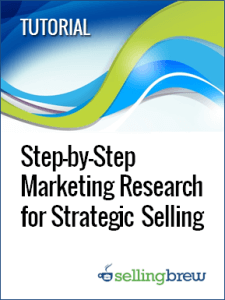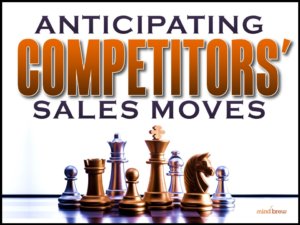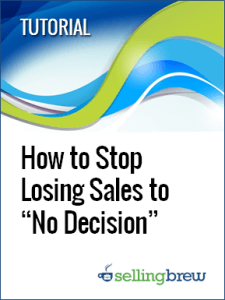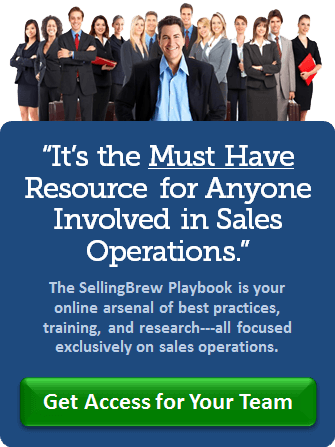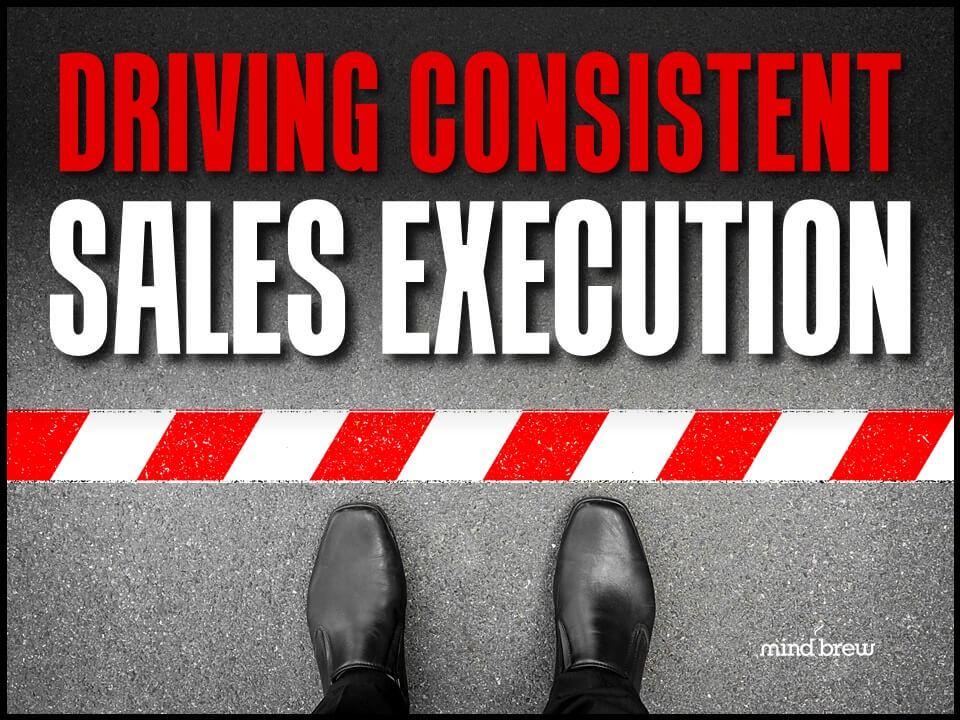In periods of market turmoil and economic uncertainty, it’s tempting to look to our competition for guidance and direction. In fact, it’s human nature. When things get a bit spooky and we’re not quite sure what to do, we instinctively look for a pack to join or a herd to follow. And because many of our coworkers will feel the same way, following the competition can be relatively easy for an entire organization to justify and rationalize.
But as with many other aspects of business and life, following our instincts and giving in to human nature is not always our best course of action.
Consider, for example, the team that looked to a competitive “herd” for pricing guidance. In an effort to balance profitability and competitiveness in a highly dynamic market, this team decided to price to an average of six other providers in the space. To accomplish this while matching the market dynamics, they had to develop a rather sophisticated process for gathering, cleansing, and compiling a large amount of competitive pricing data in advance of weekly updates to their published price lists.
The team executed this “competitive average” process for more than a year before discovering, through research, that three of the lowest priced competitors in their average weren’t even considered to be viable alternatives by the prospects in the company’s primary target segments. Following a herd that included three irrelevant competitors led this team to underprice their market for more than a year and leave a pile of money on the table in the process.
As another example, consider the startup team for a new business that looked to the largest and most established competitor in the space for inspiration and guidance. While the startup team certainly sought to exploit gaps and untapped opportunities in the market, the larger incumbent’s actions always factored heavily in major decisions. Basically, if Mr. Big was doing something…anything…the startup team thought long and hard about doing it, too.
Then, after a few years of shadowing the leader, the startup team got to interview a member of the larger competitor’s management team who was looking to jump ship and relocate. It was only then that the startup team learned that the incumbent really didn’t possess much proprietary market knowledge or employ any particularly effective strategic planning processes. It turned out that for the most part, Mr. Big’s management team was just winging it and the company was the biggest simply because it had a ten year head start.
And once the startup team stopped looking to the incumbent for direction and began innovating on its own, the company quickly moved out of the shadows to become a top contender.
So if following competitors and emulating their moves is not the best course of action, what should you do instead? Here are three suggestions:
- Consider your competitors’ actions within a broader array of market intelligence signals. As we discuss in The Fundamentals of Sales Intelligence webinar, there are a wide variety of upstream and downstream intelligence signals that can be far more accurate, predictive, and valuable than what your competitors may be doing.
- Understand your competitors better than they understand themselves. In the Anticipating Competitors’ Sales Moves webinar, we explore the strategic competitive analysis processes that can help you stay well ahead of competitors’ moves by understanding their priorities, decision-making processes, performance on prospects’ value drivers, etc.
- When in doubt, just ask your customers and prospects! As we discuss in the Step-by-Step Marketing Research for Strategic Selling tutorial, you don’t have to guess or use proxies to try and figure out what your customers are thinking, what they want, what they value most, how they decide, etc. Using some fairly straightforward research techniques, you can learn the truth directly from the people who know best and matter most.
In general, following the herd is likely the easiest and most intuitive approach anyone can take. And in many situations, following the herd is also likely to be the safest approach anyone can take.
In sales operations, however, following the competitive herd is extremely risky. Why? Because in following the competition’s lead, you’re abdicating your decision-making responsibilities to someone who doesn’t understand your specific situation…someone who doesn’t have your best interests in mind…and someone who may not have the first clue about effective sales operations!


